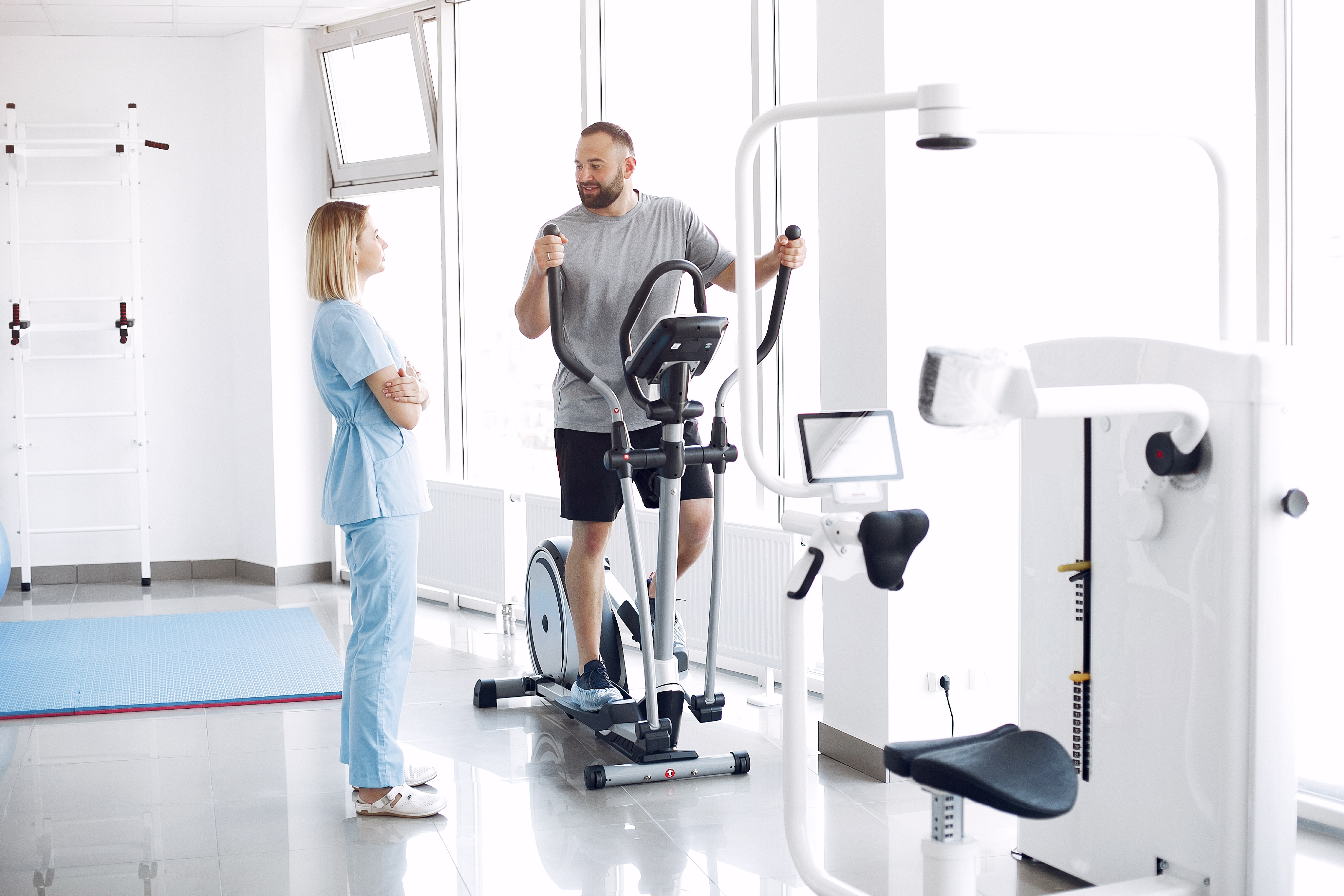Dabs are a type of cannabis concentrate that has become increasingly popular in recent years. For people seeking treatment, drug rehab in Brooklyn and other facilities often encounter patients who have used various forms of cannabis, including concentrates. Understanding what dabs are and how they work is crucial for both users and healthcare providers. This guide explains the basics of dabs, including their origins, various types, usage, effects, and important safety considerations to keep in mind.
Origins of Dabs
Dabs started becoming popular in the early 2000s within the cannabis community. People began experimenting with ways to extract the most powerful parts of the cannabis plant, creating what we now call concentrates. The word "dab" comes from the small amount needed - you only need to "dab" a tiny bit to feel strong effects. Early methods were relatively basic, with people using simple tools such as hot knives or homemade equipment. As technology improved, the extraction process became significantly more efficient, resulting in cleaner and more potent concentrates. This development changed how some people use cannabis, offering a way to get stronger effects with smaller amounts. The growth of the concentrate market has been driven by individuals seeking more intense experiences and faster symptom relief.
Types of Concentrates
Cannabis concentrates come in various forms, each with its distinct appearance, texture, and potency. Shatter resembles amber-colored glass and breaks easily, while wax has a softer, crumbly texture. Budder is smooth and buttery, making it easy to handle. Live resin is made from fresh, frozen plants and keeps more of the original flavors. Crumble has a dry, honeycomb-like texture that falls apart easily. Distillate is almost pure cannabinoids and appears as a thick, clear oil. Rosin is made without the use of chemicals - just heat and pressure to extract the oils from the plant. Each type offers different experiences in terms of flavor, strength, and ease of use. The variety allows people to choose what works best for their preferences and needs.
Dabbing Tools and Techniques
Using dabs requires special equipment designed to handle these concentrated products safely. The primary tool is called a dab rig, which resembles a bong but features distinct components. The key component is the nail, typically made of quartz, titanium, or ceramic, which is heated with a torch to extremely high temperatures. Once the nail is hot enough, a small amount of concentrate is placed on it using a dab tool, which creates a vapor that you inhale through the water-filled chamber. Many people also use carb caps, which help control airflow and make the dabbing more efficient. Temperature control is crucial - if it is too hot, you may waste the concentrate or create harsh vapor; if it is too cool, it won't vaporize properly. Proper dosing tools help measure out the right amount since concentrates are much stronger than regular cannabis.
Effects and Benefits
Dabbing provides very fast and intense effects because the concentrates contain much higher levels of THC and other cannabinoids than regular cannabis flowers. The effects can be felt almost immediately after inhaling, which is much faster than eating edibles or even smoking regular cannabis. People often experience strong feelings of euphoria, deep relaxation, and significant pain relief. Because dabs are so concentrated, you need much smaller amounts to get the desired effects, which can make them more cost-effective for regular users. Medical cannabis patients often prefer dabbing for severe symptoms because it provides quick relief from intense pain, anxiety, or nausea. However, the strength of dabs means the effects can be overwhelming for people who aren't used to high-potency cannabis products.
Safety and Legal Considerations
Dabbing comes with important safety and legal considerations that everyone should understand:
- Quality of Products: Only use lab-tested concentrates from licensed dispensaries to avoid harmful chemicals or contaminants.
- Proper Equipment: Use the right tools and follow safety guidelines when handling torches and hot surfaces to prevent burns or accidents.
- Dosage Control: Start with very small amounts since concentrates are much stronger than regular cannabis - you can always take more, but you can't take less.
- Legal Status: Please check your local and state laws, as cannabis laws vary widely, and possession may be illegal in your area.
Health Risks: Be aware that high THC levels can cause anxiety, paranoia, or other negative effects, especially for inexperienced users.
Other Related Posts:


.png)
.png)
.png)

.png)
.png)
.png)
.png)
.png)


